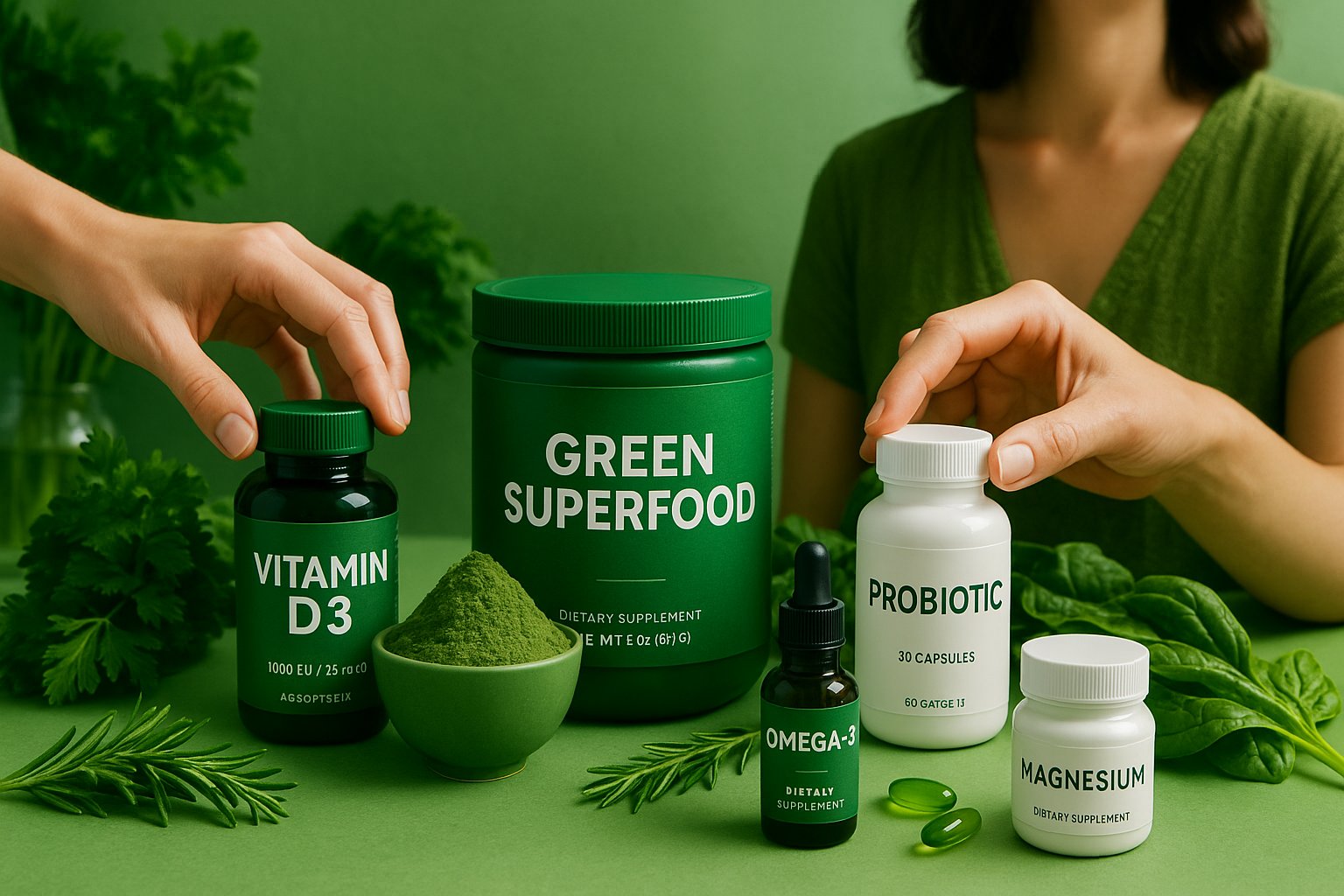
Introduction: Oh, But Why Recovery First
With workouts, people talk about strength, about speed, and about power. Yet, without recovery, those things break down. And so, recovery stands as the bridge between effort and growth.
With rest, the body repairs. With balance, the system steadies. With timing, results appear. And oh, with care, progress lasts.
Sleep and Repair
When the body lies down, it does more than pause. With sleep, hormones shift, tissues mend, and energy resets for the next day. Sleep is more than a break; it is the quiet work that makes training possible.
Without enough sleep, strength fades and focus slips. With it, the body finds space to grow. Muscles knit themselves back together, nerves calm, and the brain holds new patterns. That is why sleep is the first tool of recovery.
- With deep sleep, muscles rebuild.
- With REM sleep, the brain files memories.
- With steady sleep, hormones stay balanced.
Sleep has phases, and each phase serves a role. Deep sleep handles tissue repair, REM handles brain resets, and light sleep tunes mood and energy. All together, they create the rhythm of growth.
Table: Sleep and Recovery Links
| Sleep Stage | Body Role | Training Effect |
|---|---|---|
| Deep sleep | Tissue repair | Muscle growth |
| REM sleep | Brain reset | Focus return |
| Light sleep | Energy tune | Mood balance |
The table shows how sleep is not one thing but many. One stage works on muscle, another on mind, and another on energy. With them balanced, a person moves forward.
When sleep is cut short, each stage suffers. That is when recovery lags, motivation dips, and injuries rise. But when sleep is steady, recovery comes naturally.
Nutrition and Repair
Food turns into fuel, and fuel turns into growth. With the right food, the body does not only train; it heals. Each nutrient plays its part in repair, energy, and balance.
Protein mends the fibers torn in training. Carbohydrates refill energy stores used for movement. Fats keep hormones in order and protect long-term health. Together, they complete the cycle.
- With protein, fibers mend.
- With carbs, energy stores refill.
- With fats, hormones stabilize.
Nutrition is not only about what enters the plate, but also about when. After exercise, protein helps fibers rebuild faster, and carbs refill fuel tanks. With steady meals across the day, recovery never stalls.
Table: Nutrients for Recovery
| Nutrient | Main Role | Example Sources |
|---|---|---|
| Protein | Muscle repair | Eggs, chicken, beans |
| Carbs | Glycogen restore | Rice, oats, fruits |
| Fats | Hormone support | Nuts, olive oil, fish |
This table shows the way each nutrient matters. Protein rebuilds, carbs refill, and fats balance. With each role linked, the body can carry training further.
Meals after workouts do not have to be large or complex. A simple mix of protein and carbs, with some healthy fat, covers most needs. With that, recovery moves in the right direction.
Hydration and Balance
Water leaves with sweat, and salts leave too. Without them replaced, balance breaks. A dehydrated body feels weak, while a balanced body feels strong.
Hydration is not only about water, but also about electrolytes. Sodium holds water in the body, potassium helps with muscle action, and magnesium eases cramps. They work together like a team.
- With water, blood flows smoother.
- With sodium, water holds in place.
- With potassium, cramps stay away.
Simple habits keep hydration steady. Water before exercise prepares the body. Sips during exercise keep energy flowing. Rehydration after effort restores what was lost.
List: Simple Hydration Steps
- Drink water before exercise.
- Sip water and electrolytes during.
- Replace both with food after.
The list shows an easy plan for balance. It does not require complex tracking, only steady practice. A few mindful sips can protect against fatigue.
Hydration is not just for hot days. Even in cool weather, sweat takes away fluids and salts. Without care, dehydration creeps in silently. With care, performance holds steady.
Supplements and Support
Food covers most recovery needs, yet sometimes gaps appear. Supplements step in to fill them, offering small but useful support. They are not replacements, but they can make recovery smoother.
Creatine draws water into muscle cells, supporting energy and strength. BCAAs slow muscle breakdown during hard training. Collagen helps protect joints for the long term. Magnesium calms the body and deepens sleep.
- With creatine, cells hold water and energy.
- With BCAAs, breakdown slows.
- With collagen, joints strengthen.
- With magnesium, sleep eases.
Supplements matter most when placed with care. They should match needs, not trends. When chosen wisely, they add small edges that grow into real results.
Table: Supplements That Aid Recovery
| Supplement | Body Role | Recovery Impact |
|---|---|---|
| Creatine | Energy in muscle | Faster repair |
| BCAAs | Amino support | Less fatigue |
| Collagen | Joint health | Long-term training |
| Magnesium | Relaxation | Better sleep |
This table links supplements to recovery goals. Each one acts on a different system. Together, they cover gaps left by diet.
Supplements are tools, but tools only work when used right. With food, water, and rest in place, they help. Without basics, they do little.
Active Rest and Movement
Rest does not always mean stopping. Active rest keeps the body moving gently while it recovers. With small actions, circulation improves and stiffness fades.
Stretching loosens tight muscles. Walking improves blood flow without strain. Yoga connects breath and calm with light motion. Each action supports recovery in its own way.
- With stretching, flexibility grows.
- With walking, blood flow rises.
- With yoga, breath and calm return.
These activities can be added on lighter days or between heavy sessions. They do not replace rest, but they make rest more effective.
List: Forms of Active Rest
- Light walks after training days.
- Foam rolling for sore muscles.
- Easy yoga or mobility drills.
The list points out how easy recovery can be. No heavy gear, no long hours, just light steps. Small actions bring steady benefits.
With active rest, training feels smoother the next day. Stiffness eases, mood lifts, and readiness returns. That is why rest with movement matters.
Injury Prevention and Care
Recovery is not only for today but also for tomorrow. Without care, injuries rise and training stops. With care, the body lasts longer.
Rest gives tendons and joints time to hold together. Nutrition strengthens bones and muscles. Hydration stops cramps before they strike.
- With enough rest, tendons last.
- With strong nutrition, joints hold.
- With hydration, cramps fade.
Without recovery, injuries appear as warnings. With recovery, those warnings fade into strength.
Table: Common Risks When Recovery Fails
| Missed Recovery | Body Effect | Training Result |
|---|---|---|
| Poor sleep | Hormone crash | Weak lifts |
| No hydration | Dehydration | Slow focus |
| Skipped rest | Injury risk | Plateau |
This table explains how recovery protects. Miss a step, and performance slips. Follow the plan, and progress holds.
Prevention is simpler than repair. With small care each day, training builds without breaks.
Mental Recovery and Calm
The body recovers, but the mind must recover too. Stress without pause breaks focus. Calm with balance builds resilience.
Meditation sharpens concentration. Breathing slows the heart. Hobbies take the weight off training. These tools refresh the mind.
- With meditation, focus sharpens.
- With breathing, nerves relax.
- With hobbies, pressure lifts.
Mental calm carries over into workouts. With a relaxed mind, form improves and energy stays steady.
List: Simple Mental Recovery Tools
- Daily breathing sessions.
- Ten minutes of quiet reflection.
- Outdoor walks without screens.
The list shows how recovery can fit into daily life. No complex steps, just small habits. They support not only training but also well-being.
When the mind is steady, the body follows. With mental calm, recovery feels whole.
Balance and Progress
Recovery ties effort to growth. Without it, training halts. With it, strength rises. Each element—sleep, nutrition, hydration, supplements, movement, and calm—links together.
They work not alone but as parts of one whole. Miss one, and balance weakens. Hold all, and progress flows.
Quick Recap Table
| Recovery Element | Why It Matters | When To Focus |
|---|---|---|
| Sleep | Muscle and brain repair | Night, daily |
| Nutrition | Fuel and rebuild | After exercise |
| Hydration | Balance and flow | Before, during, after |
| Supplements | Support and aid | As needed |
| Active rest | Blood flow | On light days |
| Mental calm | Focus and stress | Daily |
This table ties recovery together. Each part carries weight, but all parts connect.
Oh yes, recovery is not the end of training. It is the heart of it. With balance, progress lasts.


